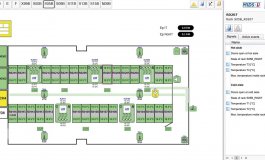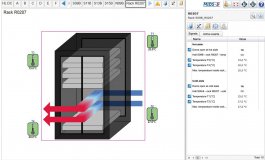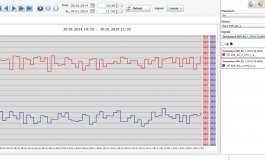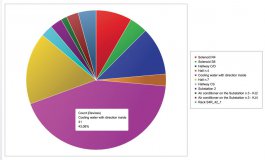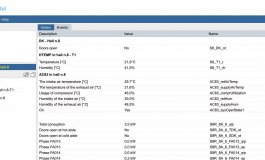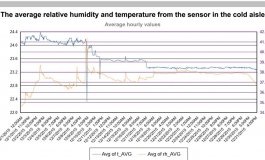MIDS
Monitoring system as the source of knowledge
Deflection in understanding of monitoring systems, as the systems intended exclusively for the visualization of measured parameters and the creation of alarms is obvious. Nowadays, it is possible to understand the systems in broader sense as the platforms of integrations of information and knowledge of the operation of data center. Thus, the outputs from monitoring system do not serve just for the operative management of data center, but the monitoring system enables to create also long – term plans and predictions for the data center and becomes the part of strategic planning.
An interesting feature is the continuous development of knowledge bases. In the occurrence of repeated or similar problem it is possible to use experience of solution of similar cases in the past and confront the current procedure with previous solutions. The monitoring system itself not only communicates potential occurrence of the problem, but enables a systematic searching for sources of the problem and recommends the procedure for the removal of the problem. Created knowledge bases may provide the instructions for the solutions of occurred situation and enable to find contact persons. The effectiveness problem source identification and its solution is a key task.
Monitoring system enables creation of predictions
and becomes part of strategic planning.
MIDS system utilization
System is applicable and configurable for monitoring: of various industrial complexes and plants, data centres (including case of providing datahousing services) or other specific operations plant according to needs and policies of customer. This category also contains hospitals, airports, etc.
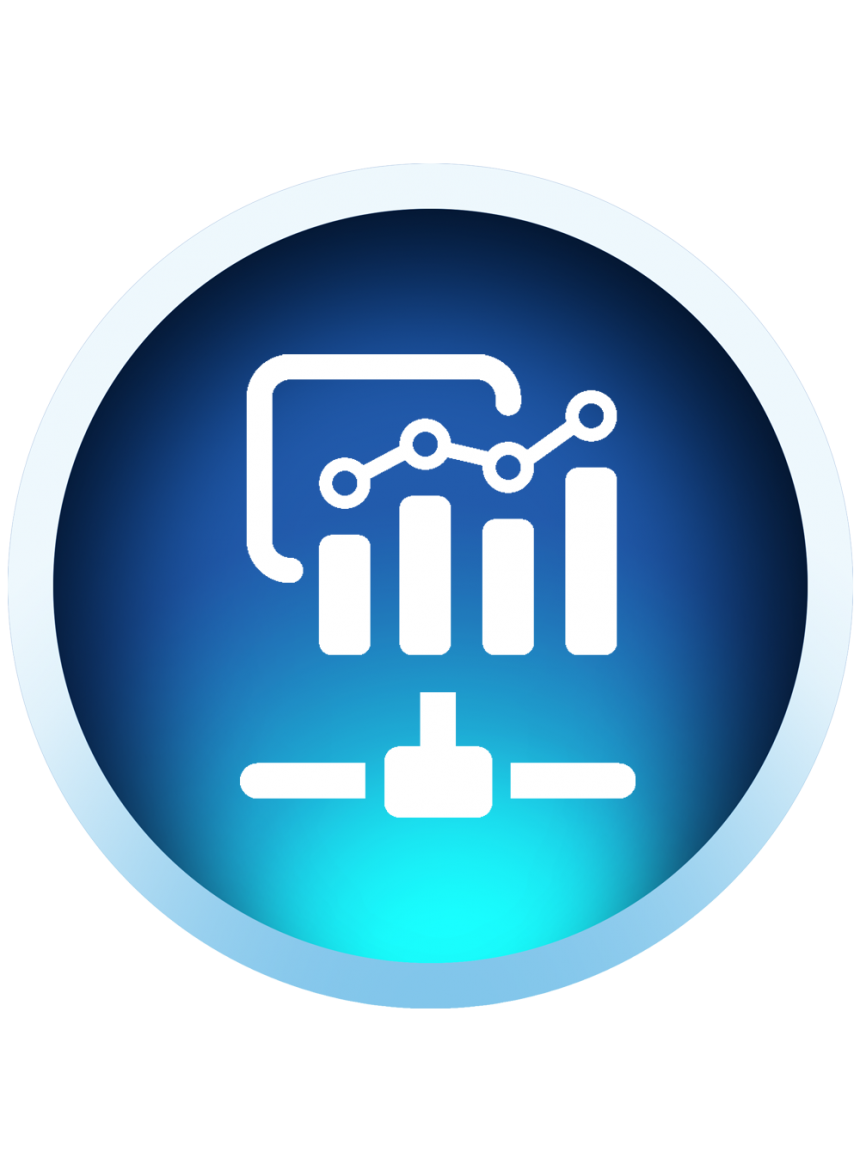 MIDS advantages
MIDS advantages
- Instantaneous overview of monitored environment
- Robust data collection and processing
- Immediate evaluation of logical connections between measured readings
- Vector-based user interface
- High-availability solutions on each process monitoring level
- Supporting system inter-operability via OPC standard
- Custom reports – prediction and selection of collected data
Adaptability of monitoring system
One of the key phases of the life cycle of each system is its maintenance. The customers often do not realize the importance and economic demandingness of this activity. Therefore it is important to know not only provided functionality in the selection of the monitoring tool, but also the fact how flexibility it is possible to response to the environmental changes trough their reflection in the monitoring system itself. The following requirements are connected with the adaptability of monitoring system:
Simple and maximally automated configuration of the system, for example in case of changes in visualization of monitored data center, the changes of limits of alarm states of sensed values and other.
Graphic creation of visual schemes of monitoring system. In case of modification of visual representation of monitored infrastructure caused by the change of physical location of devices (for example addition, taking away, or relocation of device), such a support is the significant contribution.
Creation of components is the base for the ensuring of the development and first of all for the evolution of monitored systems:
- Support of modification and expansion of existing components representing the devices of infrastructure.
- Support of defining new components representing the devices of infrastructure.
MIDS deployment advantages
Preventing critical situation, which could end in outage or failure of data centre services, physical damage of data centre devices or subsequent damage of monitored machinery.
Optimisation of processes and devices configuration based on collected data enables administrators of data centre to improve their services and lower operational costs.
Storing collected data for further analysis regarding energy and technical demands of plant.
Free physical reallocating of data centres equipment and devices is supported by visualisation schemes of systems to easily document the changes.
System configuration is enabled through setting limits of alarm statuses or rates of values defined in logic model of system, or by setting threshold values.
Time-saving data collection.
Monitoring system does not only notify about potential problem, but also enables systematic search of problem sources and delivers these functionalities foremost:
- Computing of real-time logical system behaviour
- Vector-based user interface
- Visualisation and notifications
- Displaying comparison of collected measured data
- Archiving of data
- Failover solution
- Reporting
- Sharing data via OPC server, or web services
- Data management of customer data in data centre
Working with MIDS
We put great emphasis on easy-to-use user experience. MIDS is an outstanding example, we spared no expense to assure simple, intuitive, uncluttered and need-oriented workflow in each module.
MIDS modules
The system consists of several modules, handling data collection, its processing to final reporting and customer management. Below are basic modules and their functionality.
 L0 - Data Colection
L0 - Data Colection
Effective data collection is one of the key features of MIDS. It provides:
Secure data collection (energy independent), collection component redundancy, high-availability of communication lines, failure-free concentrator hardware, protocol support of MODBUS, M-BUS, SNMP v. 1 and v. 2, IEC, SPA-BUS, NTP, data collection backup on SD card in HW concentrators, manageable solution – customized development.
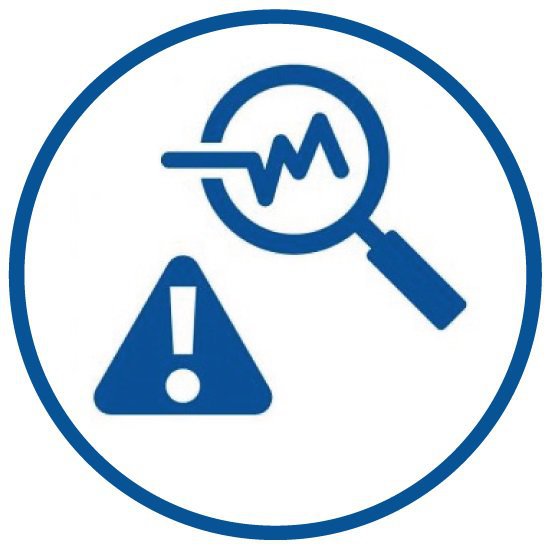 L1 - Online Monitoring
L1 - Online Monitoring
Online monitoring of physical values, technological devices and visualisation technologies of status and operations acceptance. It provides:
Ground plan view of monitored premises, hierarchical scheme division, multi-level views, highlighting major changes – notifications, audio-visual presentation of alarms and their history (event log), processing of events by operations (including bulk processing), independence of client PC, logic module of behaviour and logging tens-thousand monitored values, while archiving takes place in minute-long interval.
 L2 - Graph Extension
L2 - Graph Extension
Displaying collected and saved values from data storage in reliance on their change and mutual correlation in time. It provides:
Monitoring the progress of current measured values, aggregation of data by various time intervals, historical overview of each value past development, presentation in forms of tables and graphs – axis customization, virtual signal custom definition (by utilizing logical functions) and their displaying independently of client PC.
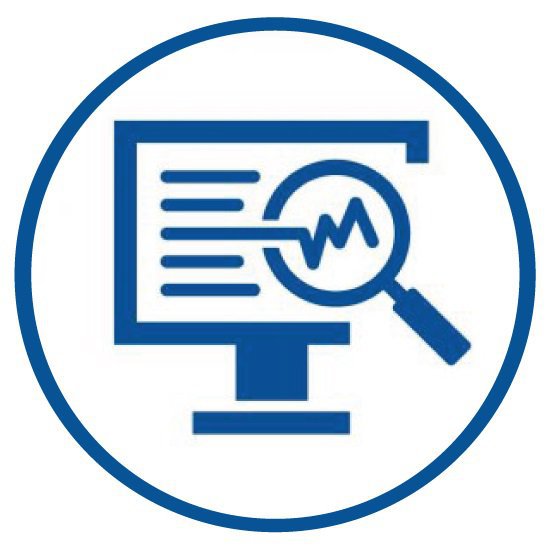 L3 - Management Extension
L3 - Management Extension
Statistical and reporting tool – provides options of managerial output creation. It provides:
Statistics and reporting – creation of user-defined views, pre-defined source of data, ability to derive new source of data, exporting, printing, e-mail sharing, outputs also in form of graph (various graph types), view planning – configuring automatic report generating and independent of client PC.
 L4 - Customer Management
L4 - Customer Management
Customer zones and customer data management. It provides:
Data centre customer registrar and their contract-based allocated space and services rendered, customer meta-data management (PUE, security, energy), customer zones management and of devices enclosed by using pre-defined technical zones in halls, data centre supplier registrar, e-mail logs management, service case planning and user activity logging.
 Customer Portal
Customer Portal
Customer Portal is an extended functionality of MIDS. It provides:
Portal enables data-centre customers to access their measured data. Customer is provided with information of monitored premises and devices, including status and event information. Portal also enables multiple access options – administrator and user of customer (complete administration provided by data centre itself). Customer by itself defines rules for data access for its users. Data is still available through web-service.
